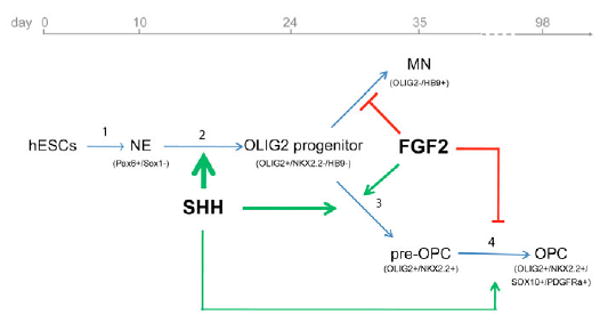Fig. 7. Regulation of OPC specification from hESCs by SHH and FGF2.

Human ESCs (hESCs) are differentiated to neuroepithelial (NE) cells without exogenous growth factors (1), then to OLIG2-expressing ventral spinal progenitors (2) and OLIG2+ NKX2.2+ pre-OPCs (3) before becoming SOX10+ PDGFRα+ OPCs (4). The induction of OLIG2 progenitors (2) and pre-OPCs (3) is largely dependent upon exogenous SHH (thick arrows). SHH produced in the culture (thin arrow) is sufficient for the transition of pre-OPCs to OPCs (4). FGF2 increases the pre-OPCs during the neurogenic phase through inhibition of motoneuron differentiation (3), but blocks the transition of pre-OPCs to OPCs by inhibiting the SHH-dependent co-expression of OLIG2 and NKX2.2 in pre-OPCs (4).
